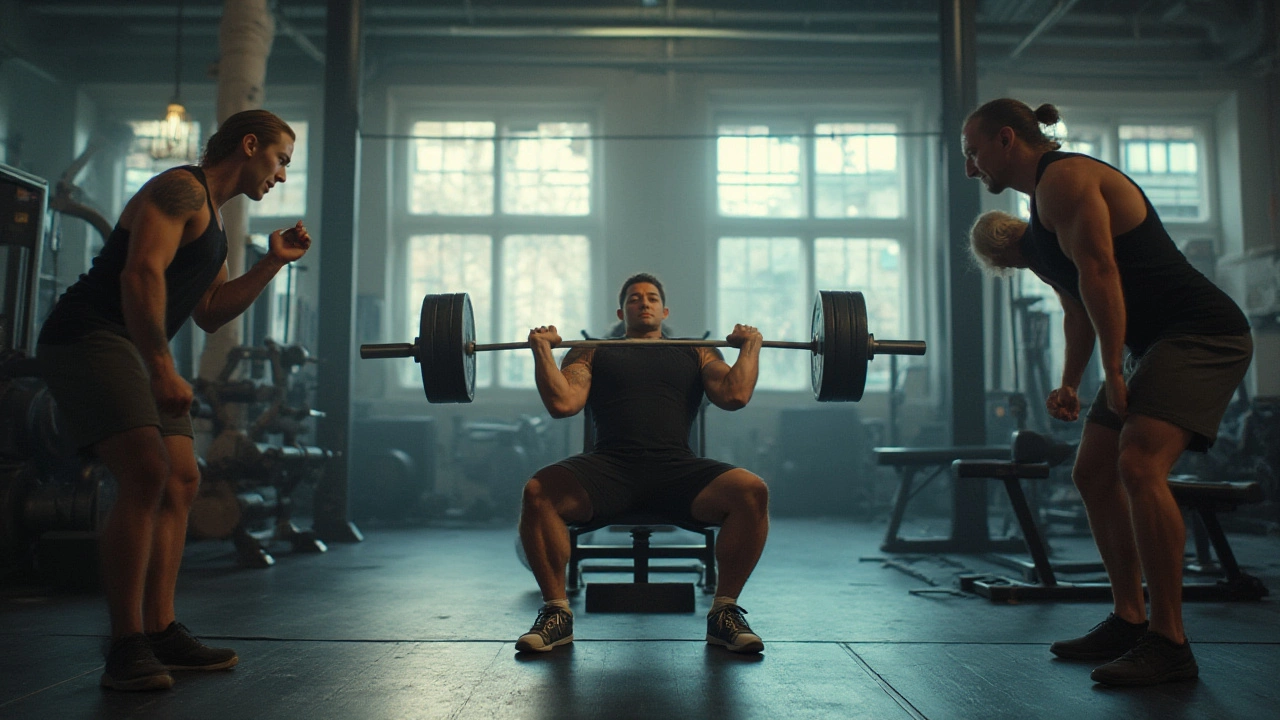
Squat Basics: How to Do Them Right and Get Stronger
If you want bigger legs and a stronger core, the squat is the go‑to move. It’s simple in idea – you sit back, bend your knees, then stand up – but the details matter. Good form keeps you safe and makes every rep count.
Key Form Tips to Nail Every Rep
First, set your feet about shoulder‑width apart and point your toes slightly outward. Keep your chest up, shoulders back and look straight ahead. As you lower, push your hips back like you’re sitting on a chair. Your knees should track over your toes, not collapse inward.
Drop down until your thighs are at least parallel to the floor. If you have the mobility, going a little deeper can hit the glutes harder, but don’t sacrifice back posture just to go lower. Drive through your heels as you stand, squeezing the glutes at the top.
Common Mistakes and Quick Fixes
One big error is letting the knees cave in. If that happens, you’re putting stress on the joint. Try a mini‑band around your thighs to remind your hips to stay open.
Another issue is leaning forward too much, which can strain the lower back. Keep your weight centered over the mid‑foot and keep the chest lifted. A box squat or a pause at the bottom can help you feel the right balance.
Finally, don’t forget to breathe. Inhale as you lower, then exhale powerfully as you push up. The breath adds stability and helps you lift more safely.
Once you’ve got the basics down, you can start adding variations. Front squats shift the load to the front of the shoulders, making the quads work harder. Goblet squats are perfect for beginners or when you only have a kettlebell. Bulgarian split squats let you focus on one leg at a time and improve balance.For strength gains, stick to heavy sets of 3‑5 reps with plenty of rest between them. If you’re looking for endurance or calorie burn, try lighter loads for 12‑15 reps and keep the rest short. Mixing both styles in a week keeps the muscles guessing and promotes overall growth.
Remember, the squat isn’t just a leg exercise – it trains the core, hips and even the upper back. Use it as a foundation for most full‑body routines. Pair squats with push‑ups, rows or pull‑ups and you’ve got a balanced workout without any fancy equipment.
So next time you hit the gym, spend a few minutes checking your stance, depth and breathing. Small tweaks lead to big results, and you’ll stay injury‑free while getting stronger legs faster than you thought possible.
